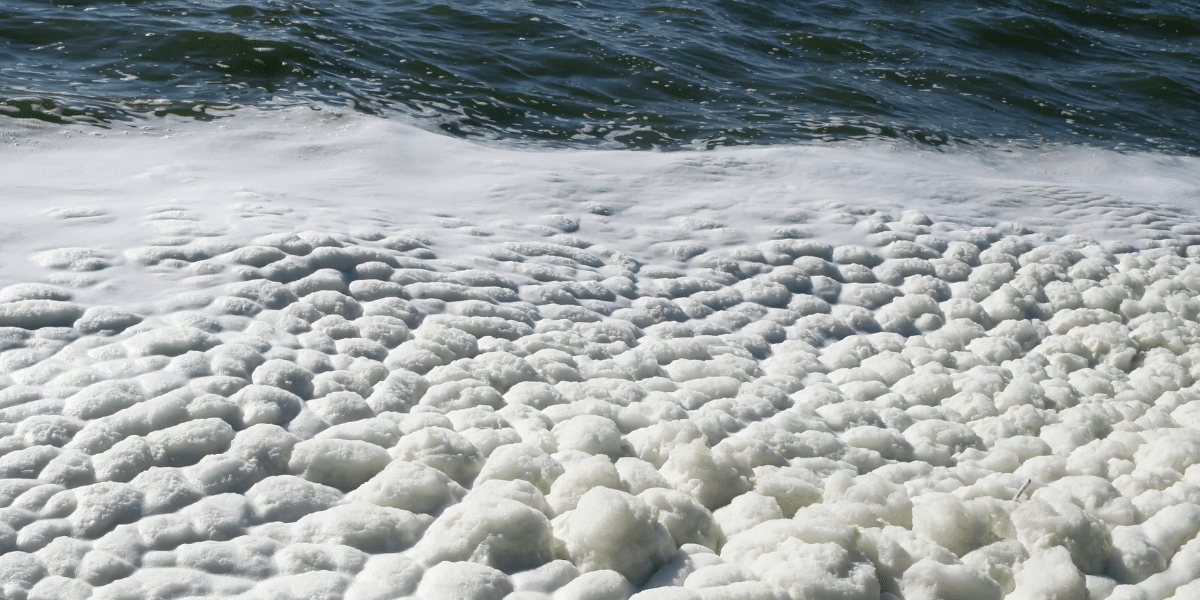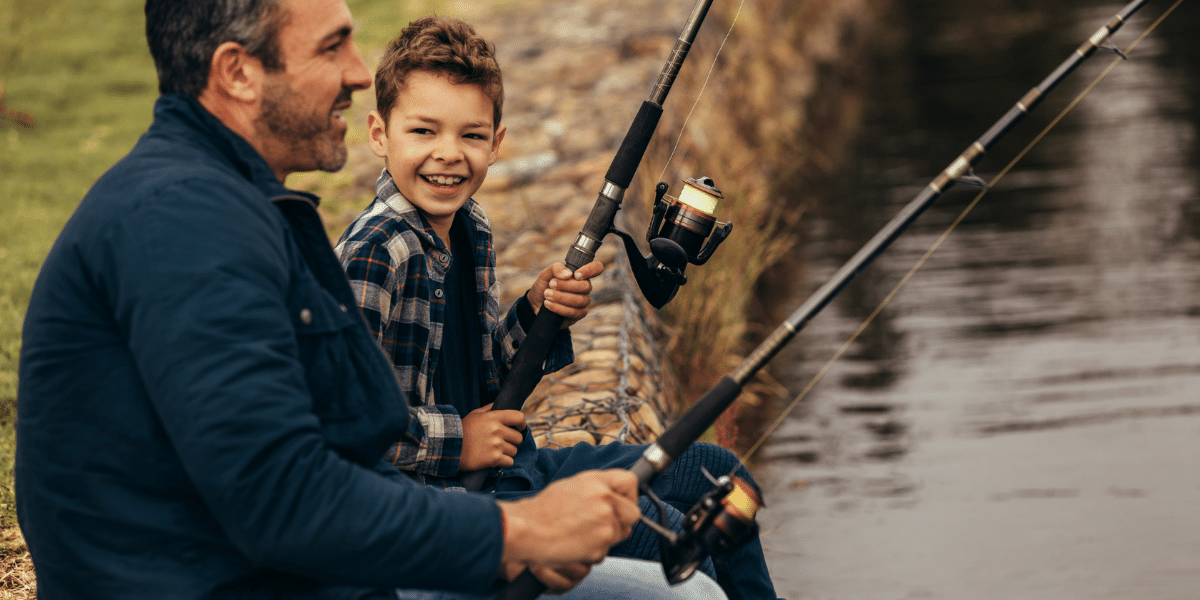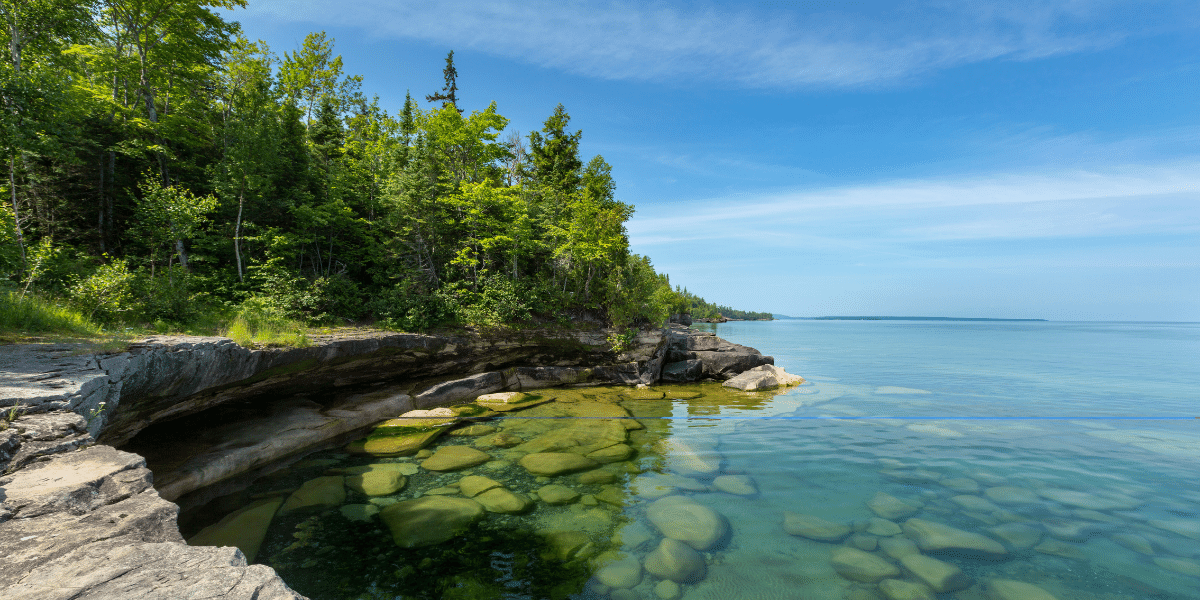People and Pets Urged to Avoid Contact with Lake and River Foam
The Michigan Department of Health and Human Services is asking Michigan residents to keep a lookout for foam on lakes and rivers. If found, boaters, swimmers, anglers, and anyone spending time near lakes and rivers, including pets, should avoid contact with the foam.
While all foam can have bacteria, of particular concern is the foam that could contain polyfluoroalkyl substances, or PFAS. PFAS contaminated foam is generally bright white in color, lightweight, and may pile up like shaving cream. It can also blow onto beaches.
Dr. Joneigh Khaldun, chief medical executive and chief deputy for health at MDHHS warns, “Although current science shows that the risk of PFAS getting into your system from contact with skin is low, you can minimize exposure to PFAS by rinsing or showering after you are done with your recreational activities. In general, washing hands and rinsing off after recreating will help to protect people from chemicals and bacteria that may be in water bodies.”
Naturally-occurring foam is usually off-white or brown and has an earthy or fishy smell. It is normal for naturally occurring foam to be found in bays, eddies, or at river barriers such as dams.
Reporting for WGRT- Jennie McClelland






